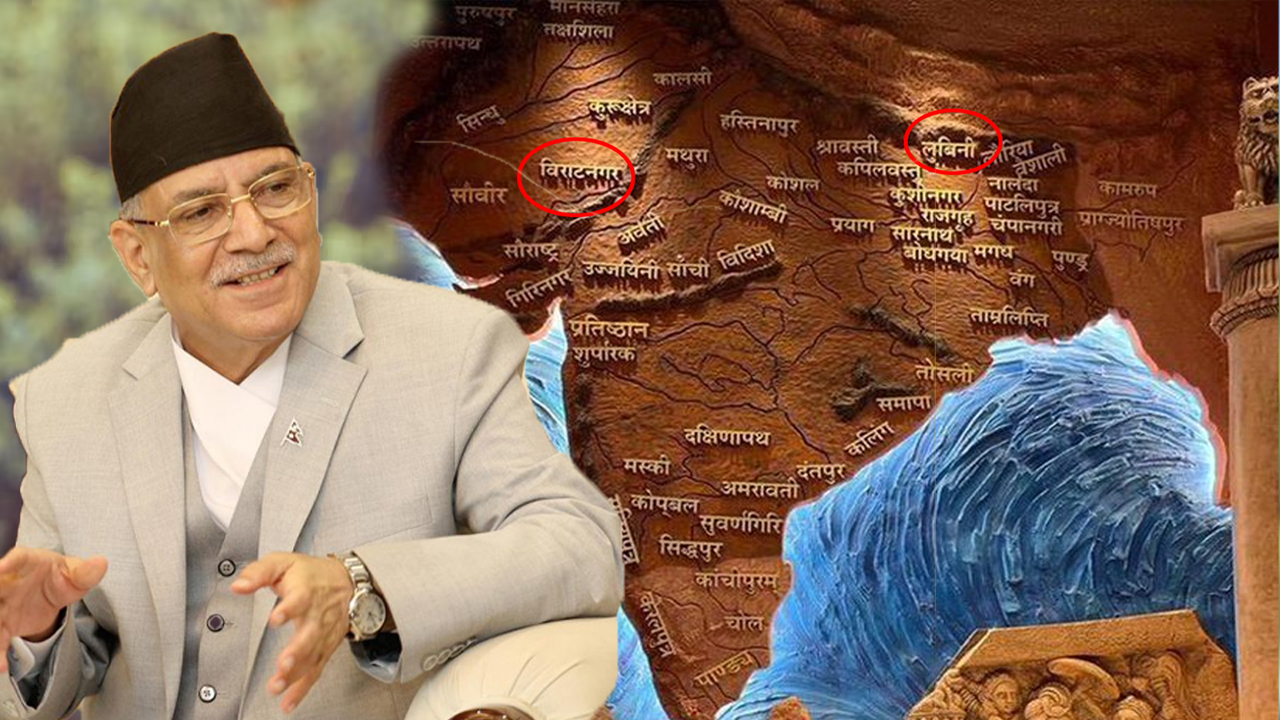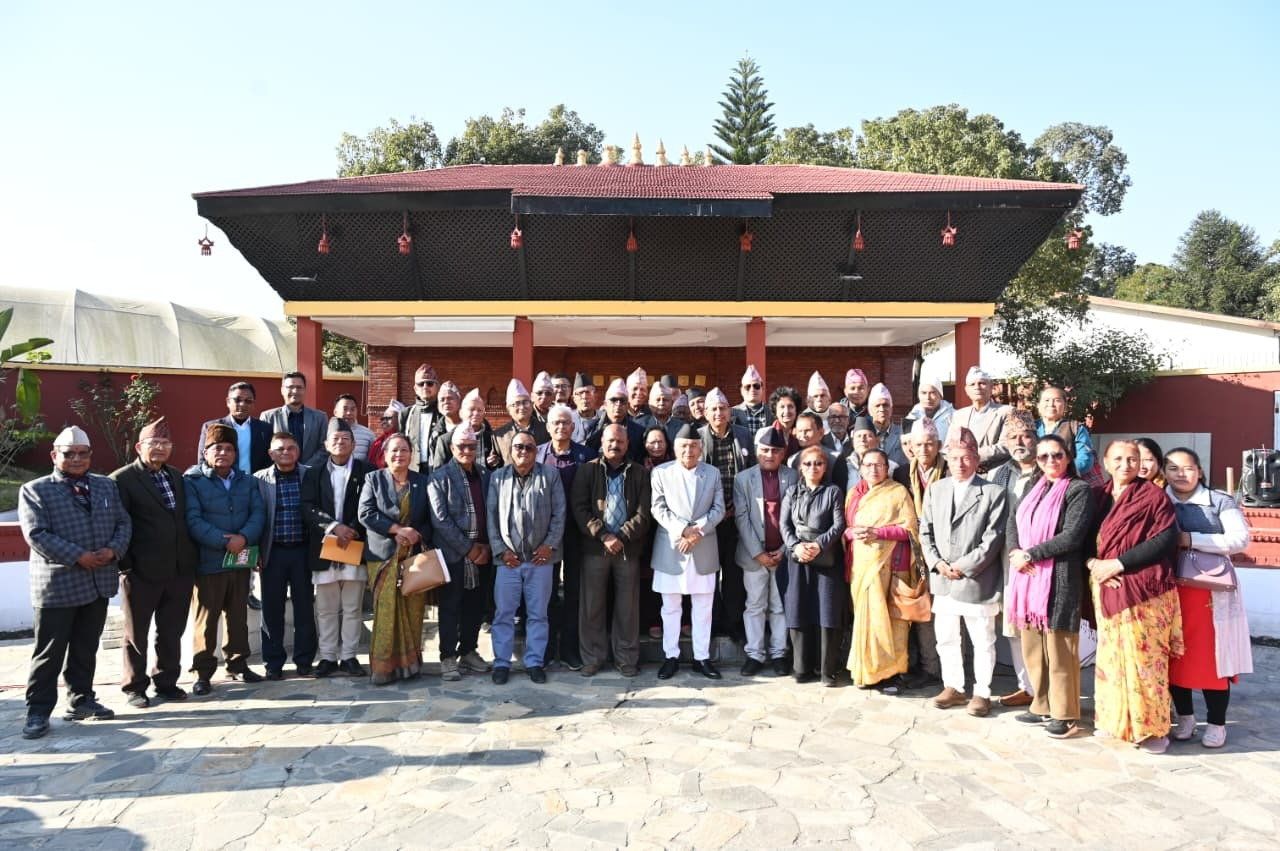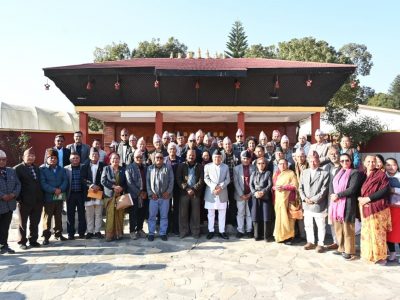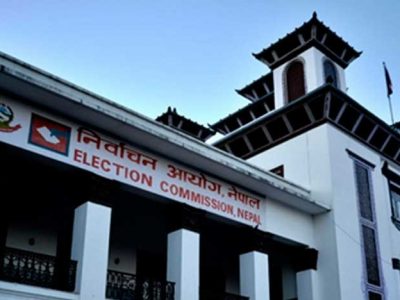Editorial: India’s Akhand map controversy puts Nepali Prime Minister Dahal in a difficult position ahead of Delhi visit

Kathmandu, May 31. While the Nepali prime minister is in the final hours of preparation for an official visit to Delhi, the Indian government presented a controversial map of “Akhand India” in its parliament.
Shortly after the launch of the Indian map, it sparked outrage among Nepalis. People accused the Modi-led government of including Nepali territories in the map and challenging Nepal’s sovereignty. This has raised suspicions in Nepali politics that India’s publication of the map, which includes Nepali territory, is a deliberate trick. The timing of this violation of Nepal’s sovereignty, just a few days before Prime Minister Dahal’s visit to India, is no coincidence but rather reveals India’s attitude towards Nepal.
Baburam Bhattarai, former Prime Minister of Nepal, has publicly protested against India’s move and demanded clarification. The map includes important Nepalese areas like Lumbini, Kapilvastu, and Biratnagar, which hold significance as the birthplace of Buddha. It poses a serious challenge for Nepal to assert its sovereignty over its own land on the map. The map also includes parts of Pakistan.
Prime Minister Dahal now finds himself in a critical and challenging situation: should he bow down to India’s fragmented vision of Akhand India or cancel the visit in order to uphold diplomatic, political, and national unity and take a firm stance against India? The decision to proceed with or cancel the visit will demonstrate Prime Minister Dahal’s approach towards India while safeguarding Nepal’s independence, sovereignty, and territorial integrity remains the responsibility of the government and the duty of its citizens.
India’s Adoption of a Colonial Mindset
It appears that the colonial mindset still lingers in India, a country that gained independence from British rule in 1947. The map reveals India’s adoption of a policy reminiscent of British imperial expansion. Since the unequal Sugauli Treaty in 1816, Nepal has suffered under the Indian ruler, losing one-third of its territory in a humiliating manner. Administratively, Nepal has consistently been subjected to India’s dominance and mistreatment.
The recent inclusion of Nepali land in the published map is another attempt to infringe upon Nepal’s sovereignty. This can be seen as a culmination of including the heritage of a sovereign country within the map of India’s integral territory. The desire to expand its empire and impose colonization on smaller nations has resurfaced, reminiscent of the British colonial rule in India.
If Nepal were to publish a map reclaiming the one-third of its territory lost in the Sugauli Treaty with the British, it would undoubtedly face objections from India. However, experts argue that Nepal has legitimate grounds to regain the land of Greater Nepal. Despite this, Nepal has refrained from raising these issues in order to maintain good relations with its neighboring countries. If we wish to maintain our dignity, Nepal should have the courage to publish a map that includes the territory lost before the Sugauli Treaty. This action would help internationalize our territorial losses and create a moral crisis for India.
The act of including Nepal’s sovereign territory in the Indian map is unacceptable to any patriotic Nepali. Prime Minister Dahal should courageously address this issue with his Indian counterpart, Narendra Modi.
Click here to read the original Nepali version of this article
Facebook Comment
latest Video
Trending News
- This Week
- This Month


















